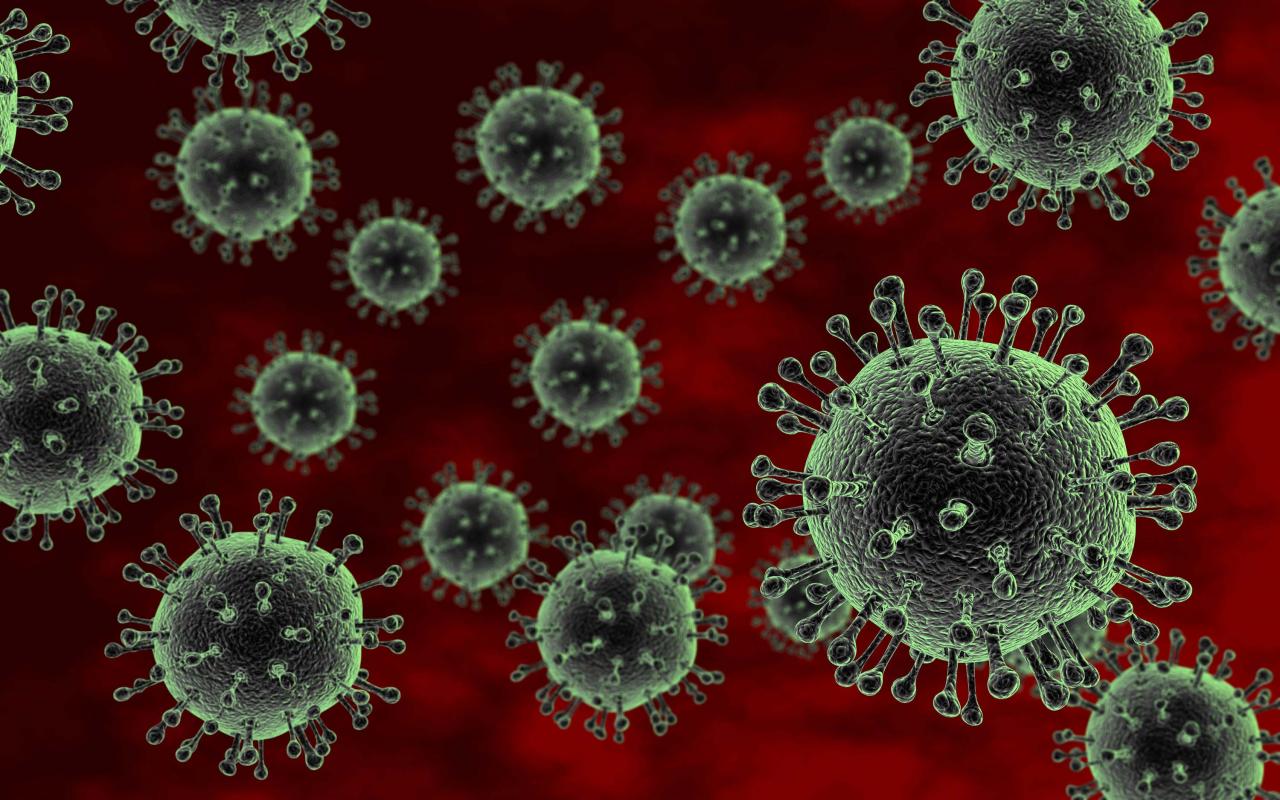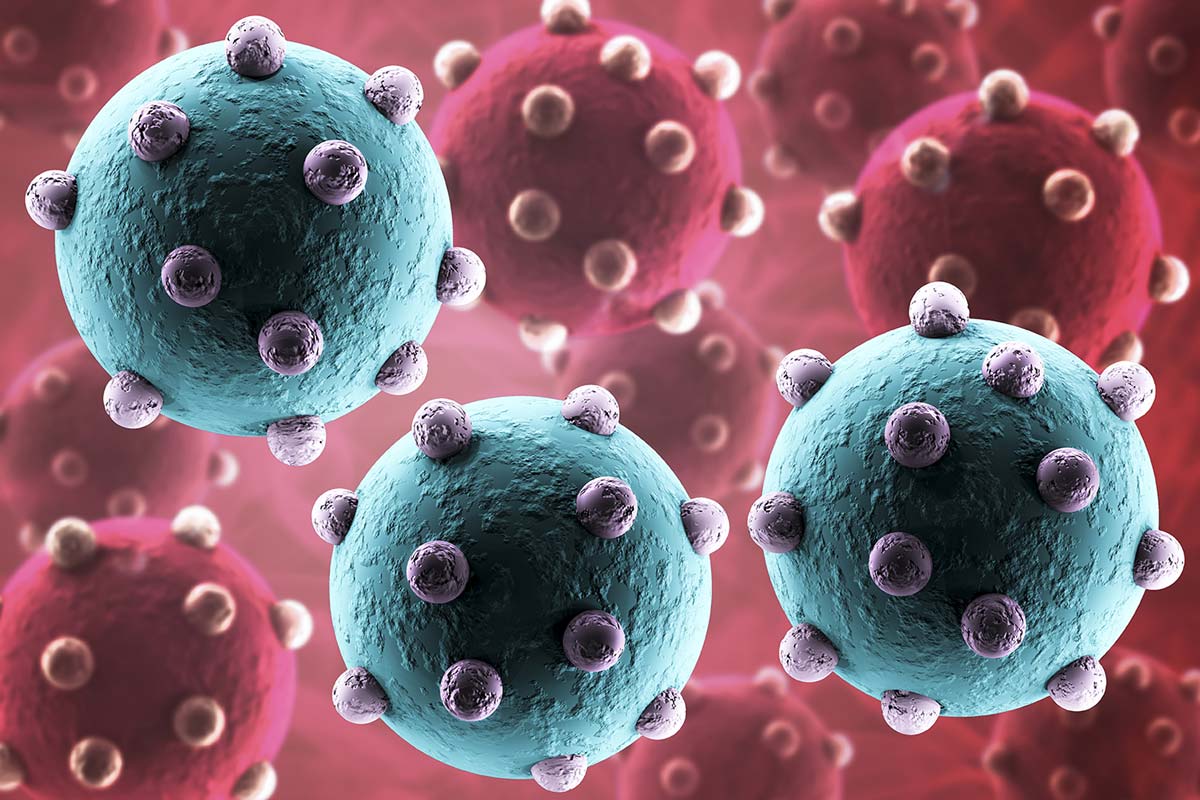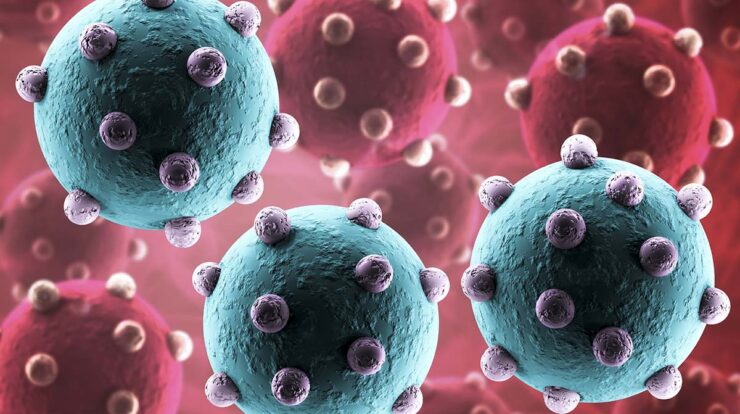
The H5N1 pandemic has emerged as a significant global health concern, posing challenges to human and animal health. Understanding the characteristics, transmission, and implications of this virus is crucial for developing effective prevention and control measures.
The virus has a complex history, originating in birds and evolving into strains capable of infecting humans. Outbreaks have occurred worldwide, with varying degrees of severity and mortality.
H5N1 Virus Overview: H5n1 Pandemic
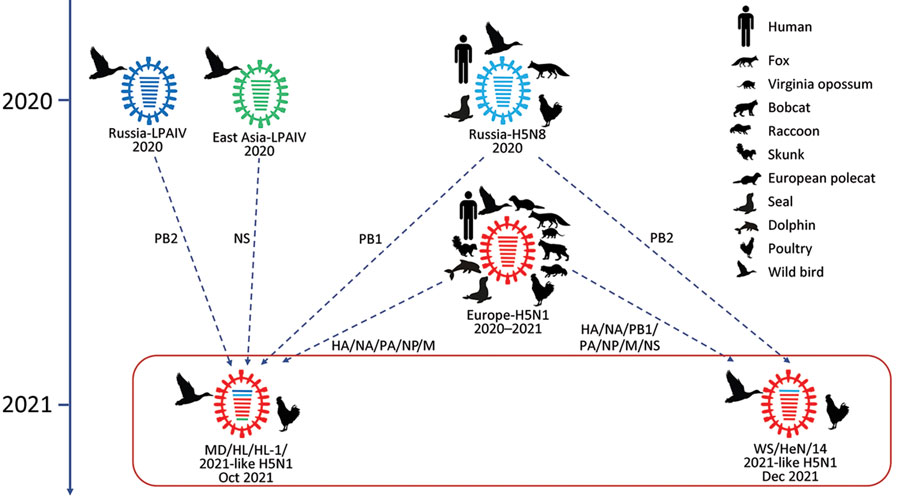
H5N1 is a highly pathogenic avian influenza virus that can infect both birds and humans. It is a member of the Orthomyxoviridae family, which also includes influenza viruses that cause seasonal flu in humans.
H5N1 was first identified in 1996 in geese in Hong Kong. Since then, it has spread to over 60 countries around the world, causing outbreaks in poultry and occasional infections in humans.
Origins and Evolution
The H5N1 virus is thought to have originated from wild waterfowl, which are natural reservoirs for influenza viruses. Over time, the virus has evolved and adapted to infect poultry, and some strains have become highly pathogenic, causing severe disease and death in birds.
The H5N1 virus has undergone several genetic mutations since its initial emergence, resulting in different strains with varying degrees of virulence. Some strains have been more transmissible and pathogenic in poultry, while others have shown increased ability to infect humans.
Timeline of Significant H5N1 Outbreaks, H5n1 pandemic
- 1997: First human cases of H5N1 infection reported in Hong Kong, resulting in 6 deaths.
- 2003-2004: Major outbreak of H5N1 in Southeast Asia, causing widespread poultry deaths and over 100 human infections.
- 2005-2006: H5N1 outbreaks in Europe and the Middle East, leading to poultry culling and human infections.
- 2013: Highly pathogenic H5N1 strain emerged in China, causing large-scale poultry outbreaks and several human infections.
- 2021: Ongoing H5N1 outbreaks in North America, Europe, and Asia, causing significant economic losses in the poultry industry and raising concerns about potential human infections.
Last Point
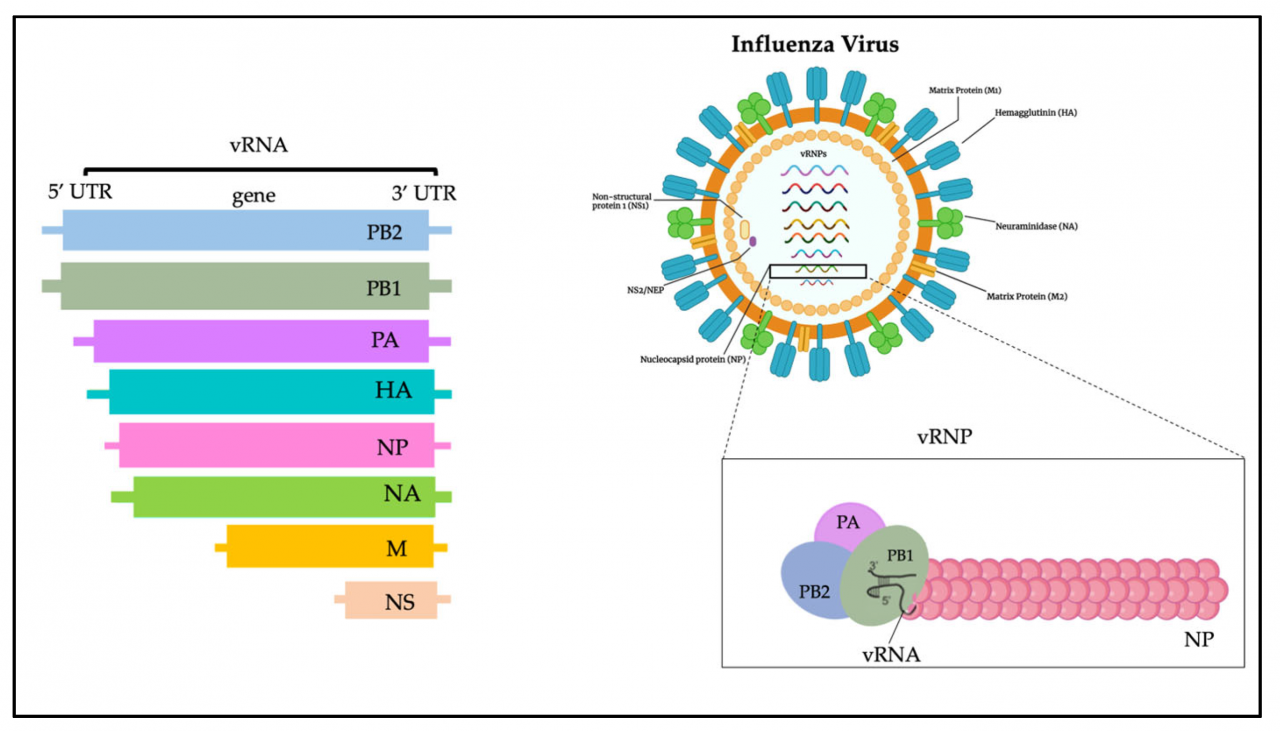
Addressing the H5N1 pandemic requires a multi-faceted approach, involving surveillance, early detection, and rapid response. Collaboration between governments, public health agencies, and researchers is essential to mitigate the socioeconomic impacts and protect global health.
